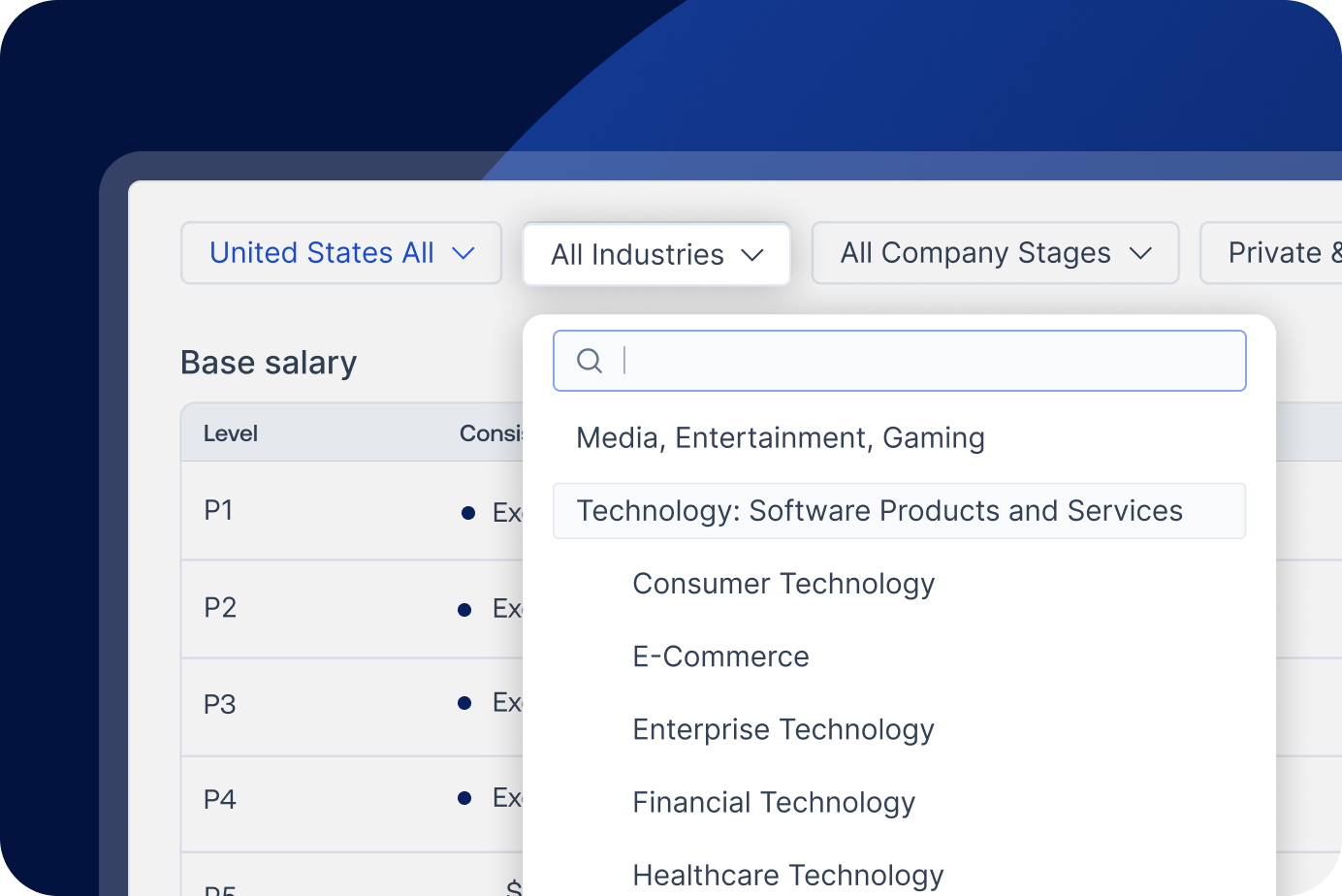Hiring is a network effect.
The first hundred people you hire will define the next two hundred.
According to multiple studies from industry sources like Staffing.org, Jobvite, CareerXroads, not only are referrals the number one source in hiring volume, but also the number one source for new hire quality.
They also have the fastest time to fill and the longest retention time compared to candidates sourced from job boards and career sites.
Google most notably personifies this pattern. They’ve conducted studies about what predicts the performance of a new hire, showing that the single biggest indicator is the person by whom they were referred.
In short: If you have high performers referring peers, you’ll hire more high performers.
Pave recently celebrated our one hundred employee milestone, and we’ve been sharing our insights about the do’s and don’ts of rapid scaling for tech companies.
In this final post in our series, we’re going to pick the brains of our team about how to operate a culture of recruiting at scale.
Communicate The Why Of Recruiting Culture
Pave built out our referral process as a huge driver of team growth, and here are several of the learnings that helped us pass that hundred employee milestone.
First, we aligned the recruiting strategy with the entire enterprise. The way we framed it to our team was as follows:
Our customer base is growing rapidly, sales are killing it to bring more customers in the pipeline, and in the delivery team, we need more customer success managers to handle that volume.
This inspired our team with the why, not just the what. And it came straight from the top. Pave GTM Recruiter Mike Devine told the story about our company founder and early employees:
“In the early days of startup, a lot of your talent leads come from referrals. Pave’s first twenty five hires were from the network. Typically a startup will hire a non network and they refer others. Pave’s founders and early employees, like Matt Schulman, Kilian Marsh and Armand Farrokh had a compounding effect. Our core team referred other leaders, leaders started referring others, and as the early network gets us access to other networks, it builds exponentially.”
Next, our recruiting team facilitated several exercises with the team. One was leading a recruiting and sourcing jam to help fill positions we needed. Such an exercise went well beyond the obligatory referral bonus.
Our team ordered pizzas and literally sat down and perused our LinkedIn networks to find potential candidates who would love it here.

Since our talent leaders offered a holistic vision of our company’s trajectory, it made it easier for everyone on our team to contribute to people in their networks. They built a dedicated but relaxed process to help all of our team understand Pave’s key recruiting tools.
Ultimately, the referral process was very official, which earned close to a hundred candidate leads.
Eldridge Alcudia, Product Support at Pave, shared his experience of Pave’s recruiting efforts:
“I’ve personally tapped into my own network to find the people under me, and that seems to be standard here. How we’ve executed our growth is based on the fact that this company is amazing. You’re so on board and believe in the mission, so you can’t help but tap into your network for potential people who will foster that culture and continually build it. The belief spills over to people who can benefit too. You tell them, ‘Hey, hop on board, this is a great opportunity. The writing is on the wall, people are excited, and it’s checking off all the boxes.’”
Are you making recruiting everyone’s responsibility from day one? Does it come from the top down?
To scale up to a hundred employees and beyond, commit to bringing everyone else in outside of recruiting. Make sure all teams touch base with hiring managers, even if they push back and offer constructive criticism.
Help people network themselves. When everyone brings in quality people, who know more quality people, who know more quality people, and that flywheel keeps turning.
That’s the power of the network effect at its most human.
Showcase Culture To Elevate Candidate Experiences
Every company has a culture. Some are simply more intentional about it than others.
Culture is the invaluable people element of business that’s hard to quantify and easy to forget. And at growing companies, culture tends to be treated casually, created organically and shared orally.
Pave has our own list of culture traits, and we invest a lot of time focusing on its key tenets:

Our core team was so strong in the early days and worked very hard and disciplined to own the culture. The core values are based on their identities. There was nobody else who defined it.
Olivia Bentley, Building Teams at Pave remembers her first interview:
“I’ll never forget going on a walk with Matt, our CEO. He told me that fifty percent of his job was recruiting. He said he wanted to hire the best talent and would do whatever it took.”
Over time, as Pave’s headcount grew from 0-100 in a year, more people were defining and expressing it. The beauty of that was, soon Pave had a hundred people who were seeing our values expressed.
People wanted to emulate the leadership energy and not let the team down.
In fact, for a few senior engineering hires, we’ll loop in one of our investors during the job interview. This gives candidates a chance to learn and ask questions from the investor perspective.
These partners are experts at selling the dream of Pave, and we’re fortunate to have their support in the recruiting process. They’ll jump on the phone to get someone across the finish line.
Yet another multiplying effect for recruiting. When you see how the leaders here have made themselves accountable, it motivates you to not drop the ball.
When you see culture in action, nobody wants to be the one who breaks it. Preserving culture is about living it, rather than talking about it.
Lindsay Curlett, Recruiting Coordinator at Pave said that scaling to one hundred employees came primarily from the drive and ambition of the team:
“I’ve worked at various companies, and standing by the mission is a really special part about Pave, and a driving force of why I joined. I wasn’t even looking for another recruiting coordinator role, but the culture and executive vision compelled me. Compensation matters. What Pave represents is important, and once candidates get a taste of that, it draws them in.”
Lindsay laughed at how when she first started, it seemed like each week, recruiters would bring in amazing candidates for roles we didn’t even have.
They’d bring them on site anyway, just to show them the culture. And that kind of ambition closed candidates quickly and helped our team expand significantly.
Does your company hand hold that relationship with candidates to assure them they know they’re valued? Does your leadership team have KPIs that include building teams?
Many companies simply get people in the door, not based on the quality of the work. But high growth companies know that someone is more than just a candidate, but someone special who can really make a difference.
Show people that from start to finish. Showcase your culture to close roles you don’t even have open yet.
If that means your founder jumps on a closing call to help bring in the best people, it’s worth it. Matt Schulman has been known to make a TikTok video, fly to a distant city and essentially do whatever kind of hands-on work is needed to inspire candidates on the dream.
Stay Grounded As Headcount Lifts Off
Dunbar’s number proved that once a company gets to a hundred and fifty people, you’re all going to start feeling like it’s not possible to know everyone at the company.
Anyone who’s ever worked at a scaling company can relate to this moment. It’s sad and it’s scary. You’re grieving the loss of the first iteration of your company.
Pave’s first employees unanimously agreed that there will never be another time like the early days. Here are a few snapshots from interviews with our legacy team members:
- "I’ll never forget one of our engineers sitting me down to do my onboarding. He mapped out this whole matrix for me on how to interview candidates. I thought, an engineer training a recruit? That’s truly the startup way." (Anastasia Dencic)
- "At our older office, the space was so small that we were already outgrowing it shortly after my tenure started. I didn’t even have a place to sit. Somebody even yelled on my first day, hey, the new guy needs a desk!" (Eldridge Alcudia)
- "Our old office was much scrappier. We were scrambling for resources and phone booths. People talked to me about their first few months at Pave, and they said jokingly, yeah, we’re basically old timers here!" (Olivia Bentley)

Kilian Marsh, Chief of Staff at Pave knew Pave was going to grow fast, but he didn’t anticipate just how fast. During one of our recent weekly team syncs, as we announced our latest cohort of hires, here’s what he told us:
“We have a lot of new people, so things are going to get tight in here. And that’s a good thing, so to get ahead of that, you have to almost gamify the process. You have to go out of your way to meet new people you don’t know and be proactive about your relationships.”
It’s possible your organization could get so big that you may only work peripherally with certain people, and keeping track of everyone will be tough. Many more projects will fly under the radar.
As such, you have to double down on organization. Inherently, teams are going to be a bit more fragmented. Cross functional collaboration and friendship will become harder.
But the upside is, from a workflow perspective, you can really get dialed into one business unit. And if you’ve built a solid foundation, staying grounded
Molly Graham, YCombinator executive, published a brilliant essay called ‘Give Away Your Legos’ and Other Commandments for Scaling Startups that speaks to this transition:
"If you personally want to grow as fast as your company, you have to give away your job every couple months. Almost everything about scaling is counterintuitive. And one of the foremost examples is that reacting to the emotions you’re having as your team adds more people is usually a bad idea. Everyone’s first instinct is to grab back the Legos."
Ultimately, even if you want to hold onto your legacy systems and previous ways of doing things, growth requires you to let go.
As companies scale, there will constantly be more people coming and taking over systems, and that’s going to feel sad. Outgrowing anything is hard.
But if the next hundred people are anything like the first thousand, then things will change for the better in the blink of an eye!
Pave is a world-class team committed to unlocking a labor market built on trust. Our mission is to build confidence in every compensation decision.








